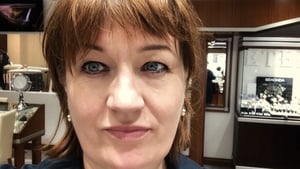Psychologist John Francis Leader talks to Brendan O'Connor about phobias and treatments to alleviate them; while Gabrielle Cummins and Polly Barrett share their personal experience of living with a phobia. Listen back above.
Dr. John-Francis Leader describes a phobia as a 'disproportionate' response to a stimulus.
Phobias can be triggered by spiders, driving, flying, dogs or loud noises; to list just a few examples. Phobic reactions to everyday things can seem irrational, but the fear is real, and the person cannot just 'snap out of it'.
Dr Leader says it is the "fear of the fear" that overwhelms people; leading to a reaction that seems out of proportion with the actual danger present. What is clear, he says, is that phobias and their treatment vary from person to person.
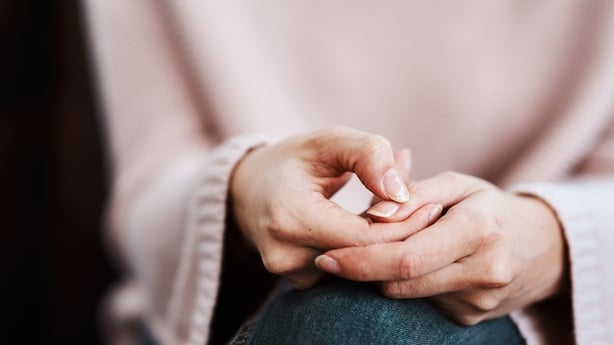
There are many layers to phobias, Dr. Leader says, and the base layer is emotion. When we feel fear, our bodies react to defend us. This usually happens with good reason, he says; but in the case of phobias, it isn't always helpful:
"When we are in those phobic moments, where something is going on and we don’t understand it, then, what happens is our sympathetic nervous system is activated, our fight or flight response, essentially."
Dr. Leader explains that the body’s 'fight or flight' defences kick in, whether danger is present or not:
"It’s a really good mechanism if you’re actually in danger; you can run from it or you have the energy to defend yourself. But if there isn’t actually danger there, this energy, the stress can actually build up in your system and you don’t have a release for it."
Gabrielle Cummins joined Brendan and Dr Leader in studio to talk about dealing with her phobia of dogs. She says it’s been with her since she was very young:
"I wouldn’t walk to school. I deliberately cycled to school, so I could avoid the dogs along the way."
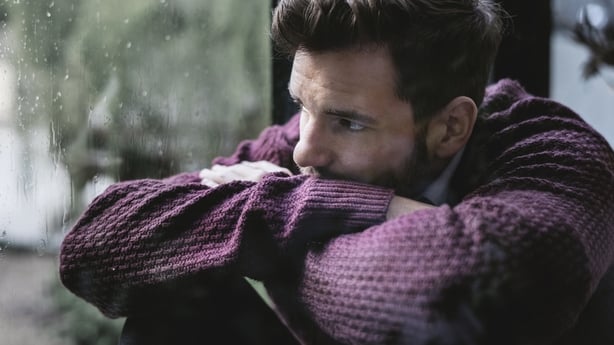
Gabrielle has undergone ten months of therapy, with one session every two weeks. Eventually, after years of crossing the street to avoid all dogs, she she was able to meet up with a close friend's very placid dog and it worked out fine:
"It takes a lot of time and attention to commit to it, if you want to get the results at the end and I did."
Gabrielle says her phobia is not really about dogs as such; in fact, they are just the trigger:
"It’s childhood trauma - as one of the risk factors. I’m sure there are a few risk factors, but that’s what I think has been game-changing for me, to kind of focus in on that and work through it in therapy."
The process is ongoing and Gabrielle says it’s going pretty well; but it can be taxing at times to explain to people that she just can't stand too close to lively dogs:
"Somebody came over with a lively dog again, and I just said, I’m really sorry; would you mind moving away a little bit? And they were ‘Oh, good God no; no bother, absolutely.’ And they did; didn’t even hesitate. But it takes energy every time – to have to ask that, you know."

Dr. Leader works as part of a team dealing with the phobia of flying, involving an airline pilot, a flight simulator and a psychologist. He says the process has seen some success:
"The key bit is the experiential bit of having the simulator or the practices that are there. So you have this feeling of already having gone on a flight to some extent, so it’s like muscle memory gets developed."
Therapeutic approaches are highly individual, the psychologist says, but in most cases, they are dealing with the anticipation of danger, as much as the danger itself:
"A lot of the time with phobias, it’s the fear of the fear, as much as the thing itself."
A phobia can develop through association; Dr. Leader mentions a person who developed a driving phobia after getting bad news while driving. Many people living with phobias have no idea how they arose, as is the case with singer-songwriter Polly Barrett.
She has a fear of loud popping or banging sounds, and this includes nervousness around balloons:
"I certainly don’t remember having a traumatic experience that started if off. But like I say, it is loud bangs and kind of sudden noises in general, so I think it’s probably not a balloon that started it, but a balloon is where it’s ended up."
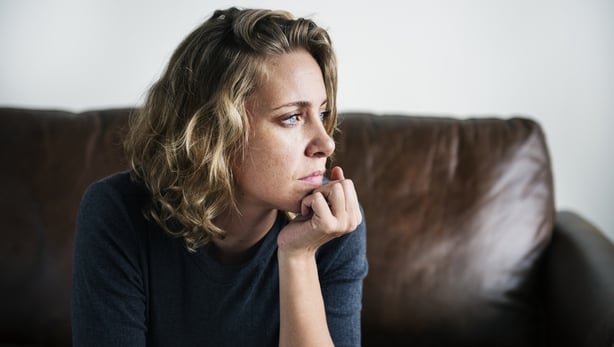
Polly says the fear varies, depending on the situation. She starts to feel panicky if someone is holding a balloon and there’s a chance it might burst:
"It’s the most awful feeling, like complete and utter panic, and like I would hyperventilate and cry; it would be just really, really awful. I can’t rationalise it at all – I know they’re not dangerous. I know it’s completely strange."
Polly says some of her family tease her about it occasionally, but most people who know her take the phobia seriously, she says:
"They’ve seen first-hand that I’m not messing – that I’m deadly serious."
Dr. Leader says there is help available for dealing with phobias. The therapeutic process is highly individual, so if the first method doesn’t work for you, persist, he says:
"Seek support, by all means. And it can be different supports are needed for different people; sometimes it’s group work, sometimes it’s one-to-one, etc. But go on that journey; and if the first thing isn’t a fit, you know, stay on it."
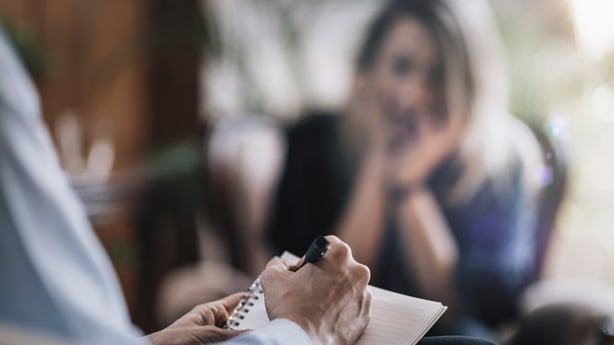
According to Dr Leader, the aim of therapy is not to dismantle the body’s defences; it’s more a question of getting the levels right:
"I like to think of working with phobias is almost like calibrating our fear settings. It’s not that you’re trying to get rid of them. Like you wouldn’t get rid of the brakes on a car, but you’d learn not to use them all the time when you don’t need them."
If you’ve been affected by any of the issues mentioned above, there’s a link to the HSE guidance on phobias here.
More great interviews, full episodes and show notes from Brendan O’Connor on the show page here.
